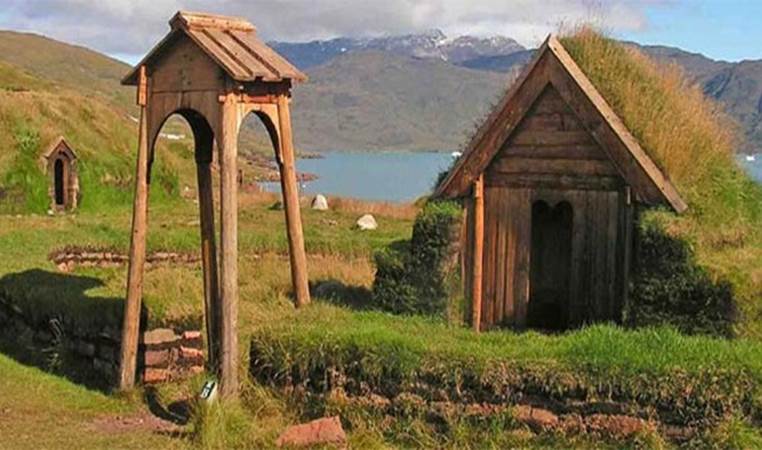
In 2016, water seeped into its tunnel entrance when the permafrost that encases it began to melt as Arctic temperatures climbed unusually high.

The vault has itself been hit by climate change. More than 5,000 species of plants are now stored in the Arctic Archipelago, a frozen landscape where almost nothing grows. The countries and institutions that deposit seeds in the vault retain ownership over them and can retrieve them when necessary. Its usefulness was spotlighted during Syria's civil war when researchers were able in 2015 to retrieve from the vault duplicates of grains lost in the destruction of Aleppo. The seed store was launched in 2008 with financing from Norway with the aim of safeguarding biodiversity in the face of climate change, wars and other natural and man-made disasters, earning it the nickname "doomsday vault". Little betrays the huge size of this granary for humanity on the icy mountainside except for its distinctive entrance: two towering grey walls emerging from the bowels of earth, topped with mirrors and pieces of iron creating a reflection that glimmers in the darkness of the polar winter. The seed bank has the capacity to hold up to 4.5 million samples.Īround two or three million samples "would be a good idea to make the future of the food of mankind even more secure," Schmitz told AFP in the freezing cold of Longyearbyen. The latest shipment will bring the number of seed varieties, stored in three underground alcoves at an optimum minus 18 degrees Celsius (-0.4 degrees Fahrenheit), to 1.05 million. "It's more urgent than ever that we act now to protect this diversity before it really is too late," he added.

"It has proved to be an exhausting and often demoralizing task to persuade people of the utterly essential role played by all this diversity in maintaining vibrant, healthy ecosystems that sustain both people and our planet," the Prince of Wales said in a statement. The new arrivals include staple crops such as wheat and rice, as well as wild varieties of European apple trees.Īlso among the seeds are beans, squash and corn from the Cherokee Nation - the first Native American group to send crops to the vault - including their sacred White Eagle corn.īritain's Prince Charles, who is known for his environmental advocacy, sent the seeds of 27 wild plants, including cowslips and orchids collected from the meadows of Highgrove, his country home. And as Longyearbyen is an international society with inhabitants from more than 40 countries, the performance will go on tour to a large number of countries.A total of 36 regional and international institutions have contributed to the 60,000 samples that were deposited on Tuesday. In addition to the Summit participants, the show will be open for Svalbard residents.

The cylinder is now stored at the Svalbard Museum, where the Summit will take place.Īfter the seminar and the seed deposits, the Norwegian Minister of Agriculture and Food, Jon Georg Dale, will host a reception at the Svalbard Kulturhus, where Hålogaland teater/ the Arctic Theater in Tromsø will present its composition and dance, Frozen Songs, which was created after the theater’s composers, dancers and choreographers visited the Seed Vault for inspiration. The participants will also be invited to add new seeds to Norway’s “Seed Vault Foundation Stone” a symbolic glass cylinder that was filled with seeds to commemorate when Norway and the other Nordic countries made the decision to build the Seed Vault in 2006.

The Norwegian prime minister Jens Stoltenberg and his Nordic colleagues pour seeds in the “Vault seed and stone cylinder” in June 2006.


 0 kommentar(er)
0 kommentar(er)
